Homeowners often invest in outdoor upgrades to enhance curb appeal and increase property value. However, some of these improvements may unknowingly violate local building codes, HOA rules, or environmental regulations. Failing to comply with these guidelines can lead to fines, forced removal, or legal disputes. Before making changes to your outdoor space, it’s important to understand which upgrades could land you in trouble.
1. Oversized Decks Without Permits
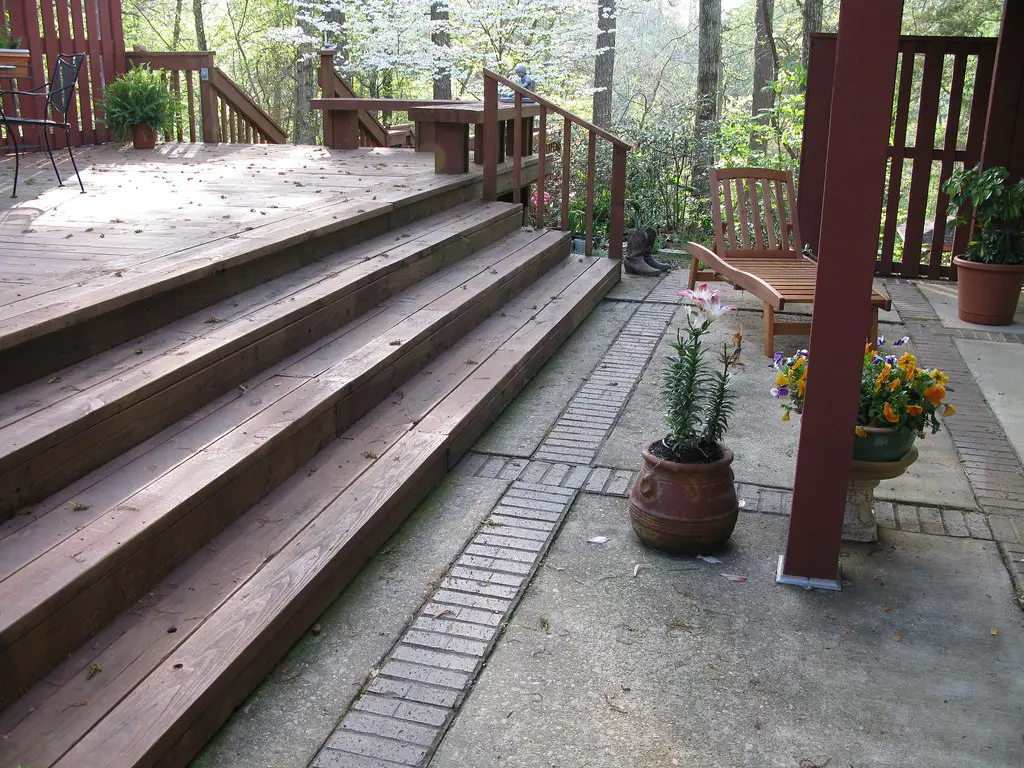
Adding a large deck can provide an excellent outdoor entertaining space, but many municipalities require permits for decks over a certain size. Local building codes may regulate height, materials, and weight-bearing capacity to ensure safety. Without a permit, homeowners may be forced to tear down the deck or face significant fines. According to the International Code Council, municipalities often require building permits for decks exceeding a certain size to ensure structural integrity.
Even if a permit isn’t required, some neighborhoods and homeowners’ associations (HOAs) impose additional restrictions. This could include placement limits near property lines or the maximum height of railings. Failing to comply with these restrictions can lead to disputes with neighbors or the HOA. Homeowners should check with both their local municipality and their HOA to avoid violations and penalties.
2. Tall Privacy Fences
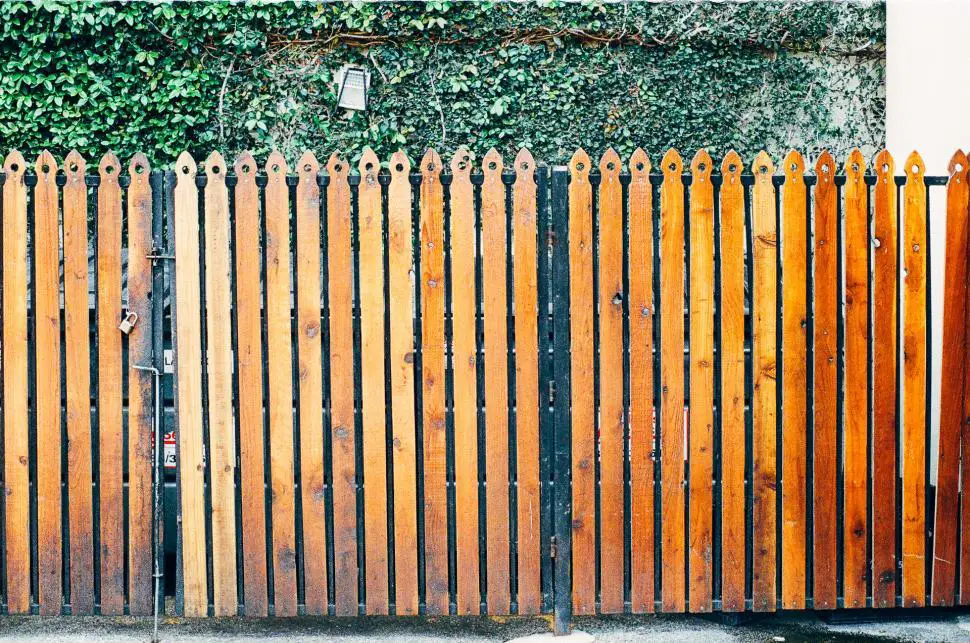
Privacy fences offer seclusion and security, but many cities impose height restrictions on fencing. Some local codes limit backyard fences to six feet, while front yard fences may be capped at four feet. Violating these limits can result in fines or forced modifications to the fence. The American Fence Association highlights that fences exceeding the allowed height may obstruct views or block air circulation, which can be detrimental to the neighborhood.
HOAs often have additional regulations regarding fence materials and design. These guidelines may require a uniform look or mandate that fences be made from specific materials. Homeowners should ensure their fencing complies with both local codes and community rules to prevent costly changes or fines. Checking with the HOA can save significant time and effort.
3. Permanent Fire Pits and Outdoor Fireplaces
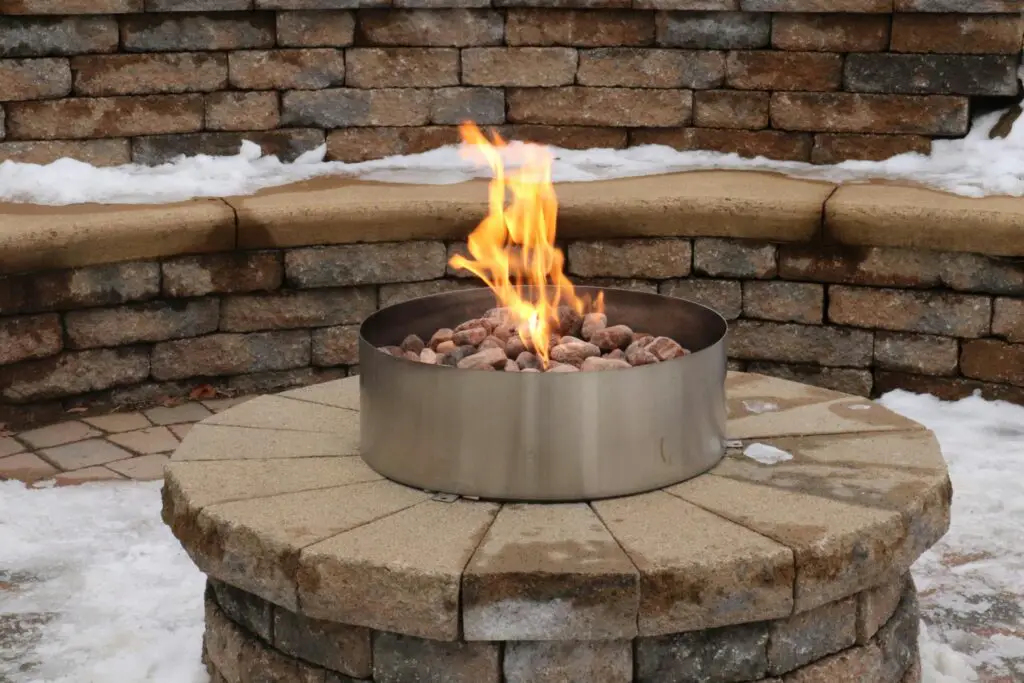
Fire pits and outdoor fireplaces can add ambiance, but they may be restricted due to fire safety concerns. Some municipalities have banned permanent fire features, particularly in areas prone to wildfires. Installing a fire pit without first checking local regulations could lead to hefty fines or forced removal. According to the National Fire Protection Association, certain areas impose restrictions to reduce fire hazards during dry seasons or in regions at risk for wildfires.
Even when fire features are allowed, strict rules may govern their placement and the materials used. For instance, fire pits must often be placed a certain distance from structures and trees to prevent accidental fires. Homeowners must also use specific types of fuel to minimize environmental impact and fire risk. Checking local regulations will ensure compliance while allowing homeowners to enjoy a safe outdoor gathering space.
4. Driveway Expansions
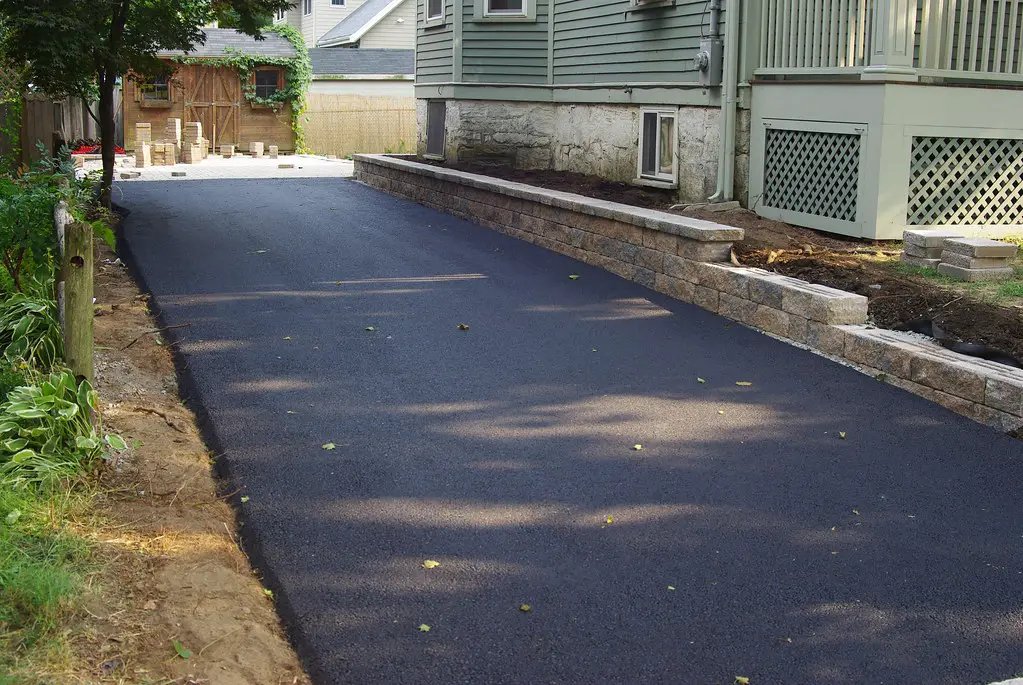
Expanding a driveway might seem like a practical improvement, but some areas have strict regulations regarding driveway width and paving materials. Zoning laws are designed to limit excessive runoff and maintain neighborhood aesthetics. Widening a driveway without approval may lead to fines or a forced return to the original layout. According to the U.S. Environmental Protection Agency, regulations often control how much impervious surface can be added to properties to avoid water drainage issues.
Additionally, local codes might restrict parking on extended driveways that encroach on front yards. Some communities also require that driveway expansions use permeable materials to allow for proper water drainage. To ensure compliance, homeowners should consult with local authorities or review zoning ordinances. Proper planning can prevent unnecessary fines or the need to remove any additions.
5. Artificial Turf Installations
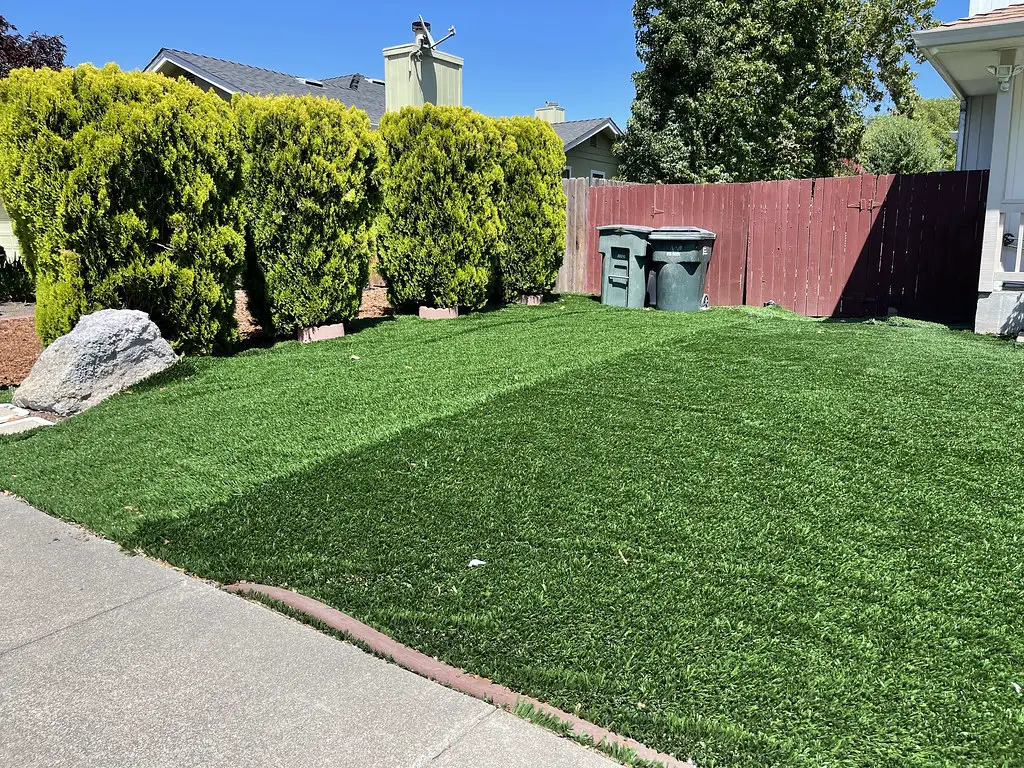
Synthetic grass offers a low-maintenance alternative to natural lawns, but some cities and HOAs restrict its use due to environmental concerns. Water conservation laws and aesthetics often play a role in these bans. Homeowners who install artificial turf in prohibited areas could face fines and be required to remove it. In areas with drought concerns, regulations may be particularly strict.
Local regulations might allow artificial turf if it meets specific drainage or aesthetic standards. Some municipalities require turf to mimic the look and feel of natural grass, ensuring that it doesn’t disrupt the neighborhood’s appearance. Homeowners should verify local codes before installing artificial grass to avoid future issues. Ensuring compliance can help homeowners enjoy the benefits of low-maintenance landscaping without facing penalties.
6. Large Storage Sheds
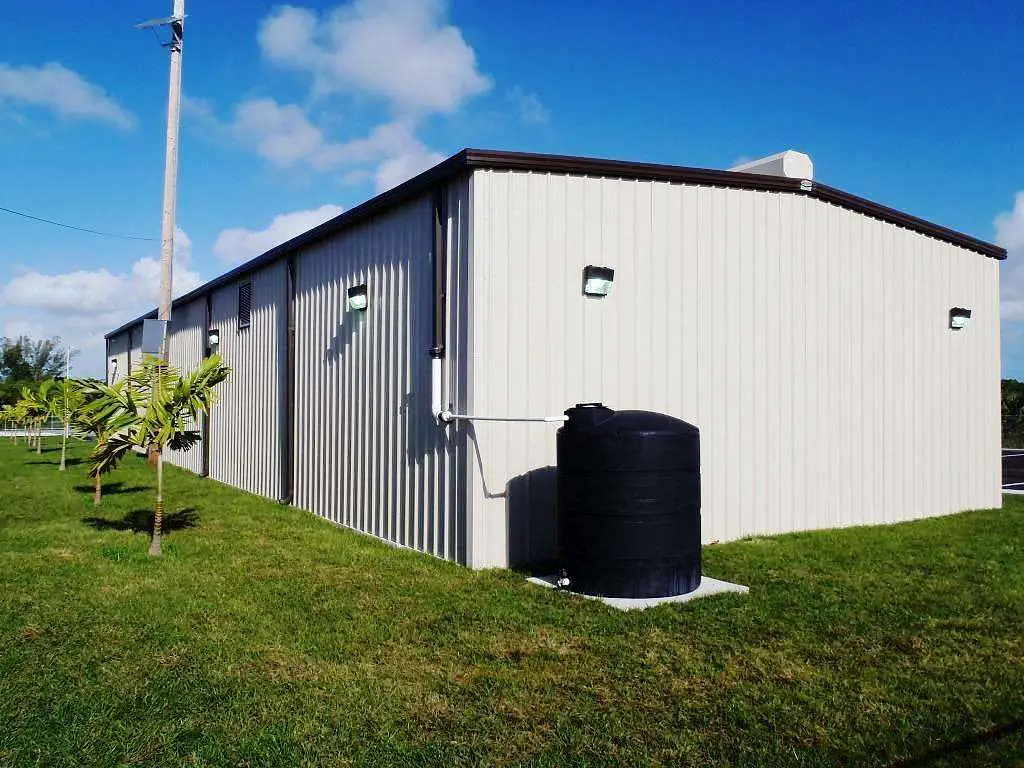
Adding a storage shed can help with organization, but many municipalities regulate the size, height, and location of such structures. Sheds over a certain size or those placed too close to property lines often require a permit. Ignoring these rules can result in penalties or the forced removal of the shed. Some areas have strict zoning codes that dictate where and how large sheds can be.
Additionally, HOAs may have restrictions regarding the appearance of sheds. These guidelines might require the shed to match the primary house in color and design. Homeowners should carefully check both local and HOA regulations to avoid legal disputes. Ensuring compliance will prevent unnecessary costs and the hassle of dismantling non-compliant structures.
7. DIY Outdoor Kitchens
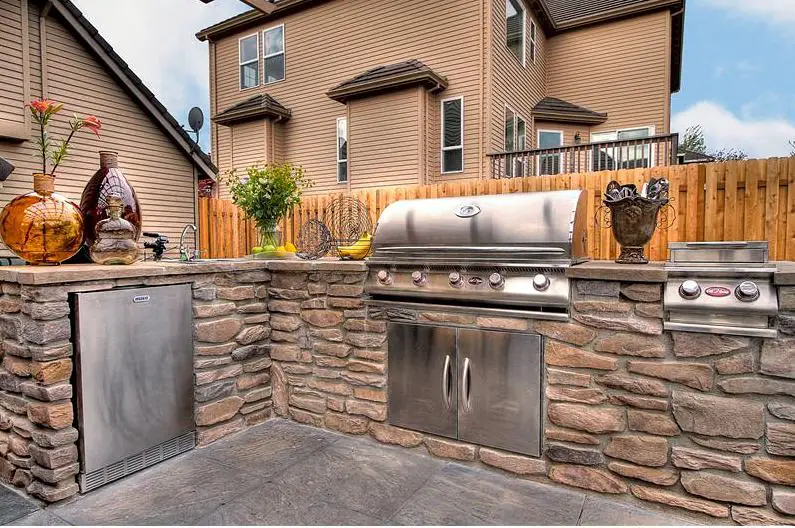
Outdoor kitchens can be a fantastic addition for entertainment, but they may require permits, particularly if built-in gas lines or plumbing are involved. Some cities require safety checks for outdoor kitchens to ensure proper electrical and gas installations. Homeowners who neglect to obtain these permits could be fined or forced to dismantle their kitchens.
Furthermore, improperly installed drainage or electrical work could pose safety risks. It is important to consult local authorities to confirm that all aspects of an outdoor kitchen are safe and up to code. Hiring professional contractors ensures that the work is done according to the required standards. Taking these steps helps avoid fines and ensures the safety of your outdoor space.
8. Extensive Retaining Walls
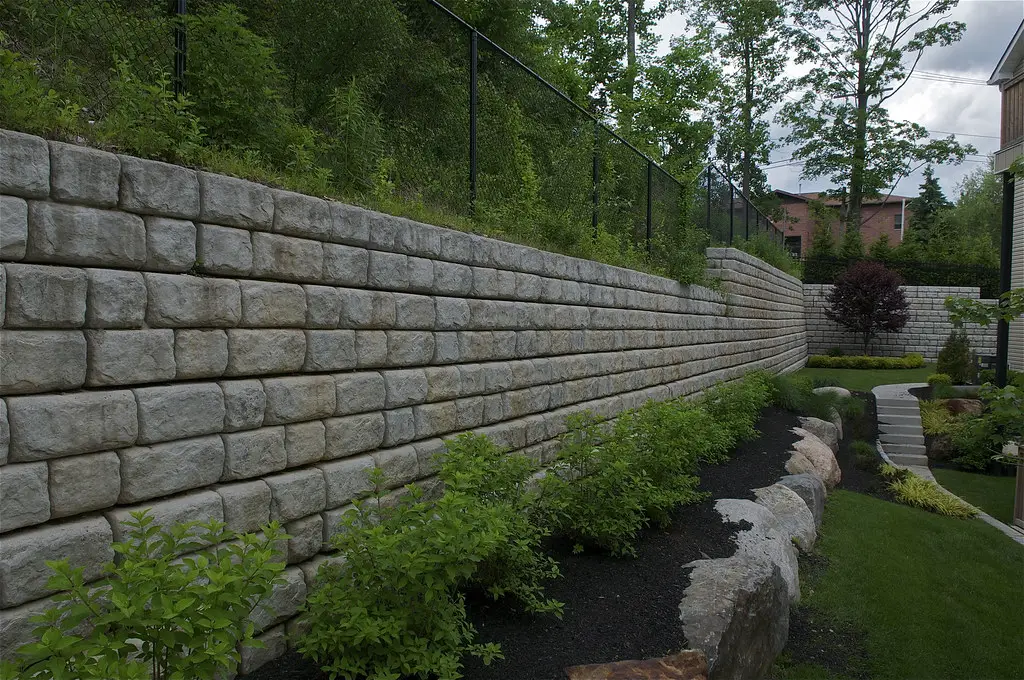
Retaining walls help with landscaping and erosion control, but they often require permits, especially when they exceed certain heights. Many municipalities regulate the height and material of retaining walls to prevent structural issues and safety hazards. Homeowners who fail to secure the necessary permits may be required to remove or alter the wall. According to the National Improperly constructed walls can lead to instability and damage to neighboring properties.
Additionally, some HOAs may have guidelines regarding the visual impact of retaining walls. These rules often limit the size or appearance of retaining walls to maintain uniformity within the community. Homeowners should review both local building codes and HOA guidelines before constructing a retaining wall. Following these regulations ensures that the wall remains both functional and legal.
9. Excessive Outdoor Lighting

Bright landscape lighting can enhance a property’s appearance, but excessive illumination may violate light pollution ordinances. Some cities have regulations that limit the brightness, placement, and timing of outdoor lights to minimize disturbances to neighbors. Violating these guidelines can result in complaints and fines. Lighting regulations are designed to protect both the environment and the community.
To comply with local codes, homeowners should consider using downward-facing fixtures and motion sensors to limit unnecessary light exposure. Choosing low-intensity or warm-colored bulbs can also minimize light pollution while maintaining an inviting ambiance. Homeowners should review local lighting regulations to ensure they’re in compliance. This helps create a peaceful atmosphere without causing any legal issues.
10. Converting Garages into Living Spaces
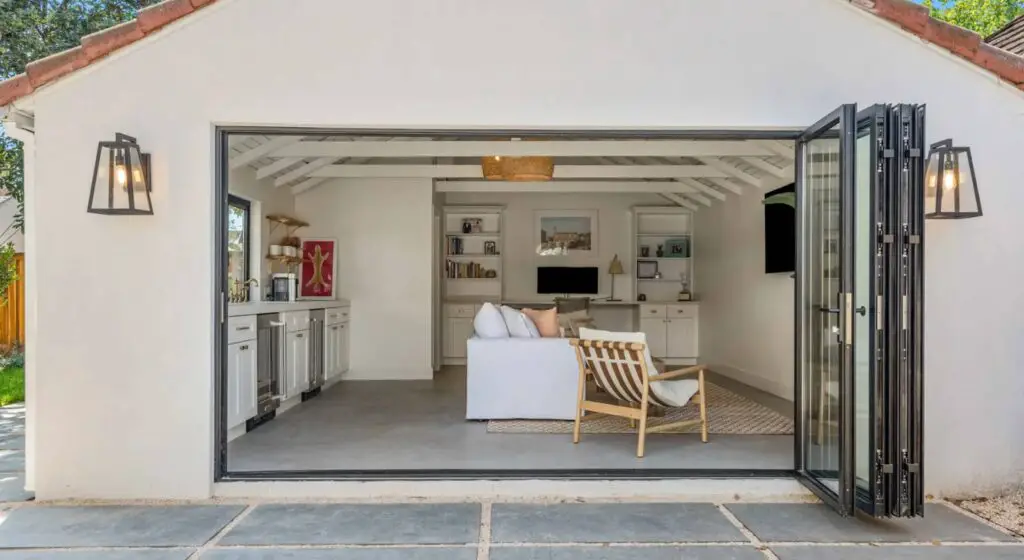
Converting a garage into a living space can provide additional room, but it may violate zoning laws in some areas. Many cities require permits for garage conversions to ensure the work meets safety codes and occupancy limits. Unauthorized modifications could result in fines, or homeowners may be unable to sell the property in the future. Improperly converted garages may not meet residential codes, which could affect the value of a property.
Some HOAs also prohibit garage conversions to maintain neighborhood aesthetics and prevent overcrowding. Homeowners who want to repurpose their garage should consult local authorities and HOA guidelines before beginning any work. Ensuring compliance with local codes and community rules will prevent future legal or financial issues. Proper planning is key to avoiding unnecessary costs and setbacks.
11. Installing Large Gazebos

Gazebos can be a beautiful addition to any yard, but oversized structures may require permits to ensure compliance with local zoning laws. Some municipalities regulate the size and height of free-standing structures to prevent blocking views or obstructing airflow. Homeowners who install a gazebo without securing proper permits could face fines or removal orders.
HOA regulations may also impose restrictions on gazebo style, placement, and overall appearance. Homeowners should consult with their HOA to ensure the gazebo design aligns with community standards. By following local and HOA rules, homeowners can enjoy their new addition without facing legal challenges. Proper research and planning can prevent potential complications.
12. Decorative Ponds and Waterfalls

Water features add beauty to a garden, but they may be subject to regulations related to water conservation or mosquito control. Some cities require permits for large ponds or fountains, particularly if they affect local water supply or drainage systems. Improperly installed water features could lead to legal consequences, such as fines or required modifications. Regulations often focus on ensuring that water features don’t disrupt local ecosystems or waste water.
Maintaining proper filtration systems and ensuring proper water usage can help keep ponds compliant with regulations. Homeowners should also check for any local ordinances regarding mosquito control and water conservation. By following the necessary guidelines, homeowners can enjoy the peaceful ambiance of a water feature without legal issues. Keeping the installation in check with local laws ensures both beauty and compliance.
